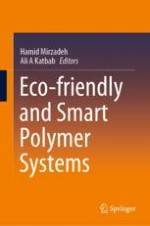2020 | OriginalPaper | Chapter
Drug Release Modeling Through a 3-Stage Model on Hydrophobic Modified Carboxymethyl Chitosan Nanoparticles
Authors : Nafise Olov, Hamid Mirzadeh, Shadab Bagheri_Khoulenjani
Published in: Eco-friendly and Smart Polymer Systems
Publisher: Springer International Publishing
Activate our intelligent search to find suitable subject content or patents.
Select sections of text to find matching patents with Artificial Intelligence. powered by
Select sections of text to find additional relevant content using AI-assisted search. powered by
